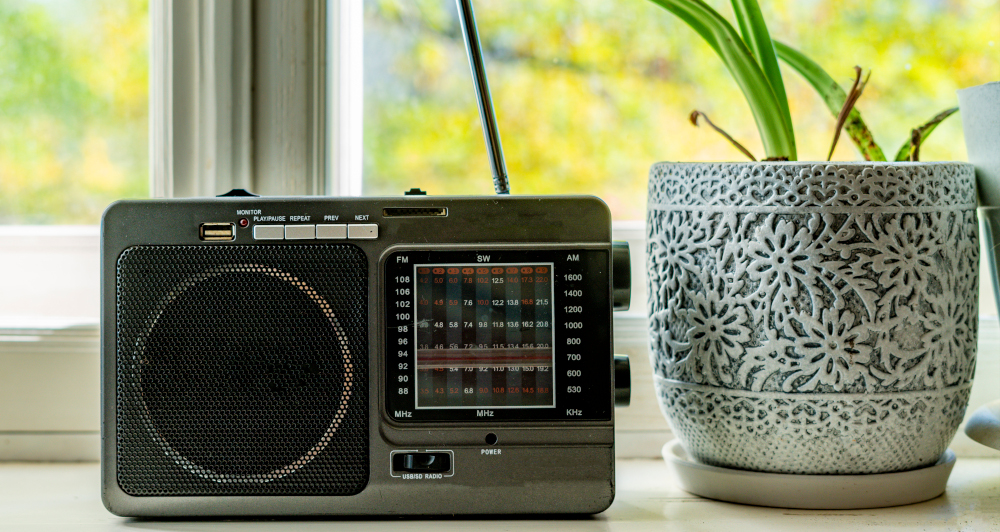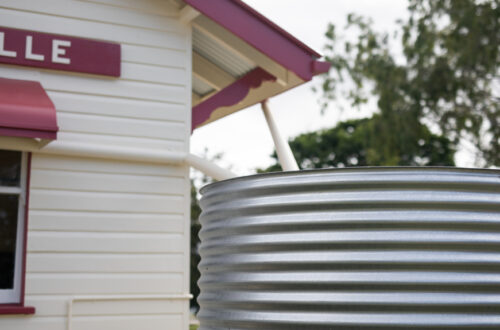
When the Signal Fades, South Africa’s Forgotten FM Radio Culture
There’s a quiet sound at the edge of South Africa’s airwaves, static. That crisp, crackling absence. It used to mean the space between two community radio stations. Now, in too many towns and villages, it’s all that’s left. Not long ago, FM radio wasn’t just background noise in South Africa. It was the heartbeat of rural provinces and townships alike. Before streaming, before smartphones, and certainly before unlimited data bundles, it was the voice in the kitchen while bread toasted, the late-night companion on long taxi rides, the glue holding together local gossip, music, politics, and prayer.
Across the Free State, the Eastern Cape, KwaZulu-Natal, and Limpopo, community radio stations like Vukani FM, Alfred Nzo Community Radio, or Inkonjane FM weren’t just media outlets, they were cultural landmarks. Stations anchored in places many GPS maps still gloss over. Stations broadcasting everything from lost livestock alerts to Sunday gospel sessions, from health advice to school closures.
But things have shifted. As smartphones become more affordable, and as YouTube and Spotify sneak into even the patchiest Wi-Fi zones, the local FM stations are slipping into silence. The studios still stand, sometimes in portable buildings, sometimes inside old municipal offices, but more often than not, the doors are locked, equipment boxed up, unpaid electricity bills posted in fading print on cracked windows.
This isn’t just about media evolution. It’s about access. In urban centres like Johannesburg or Cape Town, broadband and fibre rollouts mean most households now get their news and music digitally. But beyond the big city borders, FM radio still holds a unique kind of power.
Many rural families rely on solar radios or battery-powered sets, especially in areas where loadshedding and poor mobile coverage remain daily headaches. For those without smartphones, or without the means to buy data regularly, FM radio offers something rare, free, local, and consistent information.
For elder residents in particular, the closure of community radio stations feels like a slow erasure of connection. These were places where listeners heard their neighbours’ voices on air, where young aspiring DJs and announcers first cut their teeth. Where township slang, music, and politics played out in real time, unfiltered by national broadcasters or corporate media.
That’s not to say FM radio is entirely dead. Stations like Radio Zibonele in Khayelitsha or Bush Radio in Cape Town keep broadcasting, blending traditional programming with modern survival tactics. Many have added web streaming as a way to reach younger audiences while clinging to their FM licences.
But even these survivors face mounting challenges. Licensing fees, electricity costs, and dwindling advertising revenue all bite. And without strong digital transition plans, they risk losing relevance entirely in communities already seduced by TikTok DJs and viral news clips.
Yet there’s something FM radio does that no algorithm can replicate, it listens back. Community stations run on live call-ins. Ordinary people phoning in to share recipes, argue over local elections, sing birthday dedications. A Spotify playlist can’t tell you if your neighbour’s cattle broke loose again. A podcast doesn’t know that the local school is closing early due to flooding.
What makes this slow fade especially bittersweet is that so much of South Africa’s community radio content was never archived. It existed live, in the moment, then vanished into the air. Thousands of hours of oral history, interviews with local elders, debut tracks from township musicians, impromptu community debates, are gone forever, unless someone happened to be recording on a cassette or phone mic.
 Cultural researchers are only now starting to grasp the scale of this disappearing history. Organisations like the South African National Archives have begun outreach programmes, encouraging stations to digitise what they can. But for many smaller broadcasters, the resources simply aren’t there. Those cassettes and CDs, stacked in plastic crates in backrooms, may hold the only record of entire township eras, of youth subcultures, of political moments that never made it to TV or print.
Cultural researchers are only now starting to grasp the scale of this disappearing history. Organisations like the South African National Archives have begun outreach programmes, encouraging stations to digitise what they can. But for many smaller broadcasters, the resources simply aren’t there. Those cassettes and CDs, stacked in plastic crates in backrooms, may hold the only record of entire township eras, of youth subcultures, of political moments that never made it to TV or print.
For the stations still holding on, survival comes down to community. In places like Butterworth or Mtubatuba, volunteer DJs show up without pay, fuelled by passion rather than salary. Old-school radio fundraisers, think braais and raffles, still happen, raising enough to keep transmitters buzzing for another month.
There’s also been a modest resurgence in “retro” radio listening among younger South Africans. In the same way vinyl records or vintage fashion have found new audiences, so too has the humble FM dial. Some Gen Z listeners now scan frequencies late at night, hunting for unfiltered local voices in a digital landscape that often feels over-curated.
For community radio to truly survive, it may need hybrid solutions. Combining FM broadcasts with on-demand podcasts. Merging old-school local news bulletins with WhatsApp groups or Telegram channels. Building apps that don’t erase the intimacy of a live DJ reading shout-outs but package it in a way younger listeners find natural. Government support plays a role here too. While there are grants and licences available, many small stations find the bureaucracy overwhelming. Simplifying funding pathways and offering tech upgrade support could keep more stations alive.
But beyond policy, there’s a simpler truth, FM radio still matters because it speaks to people where they are, not where the tech world assumes they should be. The next time you drive out of the city, beyond the familiar petrol station chains, past the turn-offs into dirt roads, scan your car radio. You might hear it, a half-crackled voice, the echo of local music, a sudden weather report in isiXhosa or Zulu.
That’s not background noise. That’s history still playing. A culture still breathing.
And in a world moving faster and faster toward global, digital sameness, those local signals deserve to be heard, for as long as we’re willing to listen.




